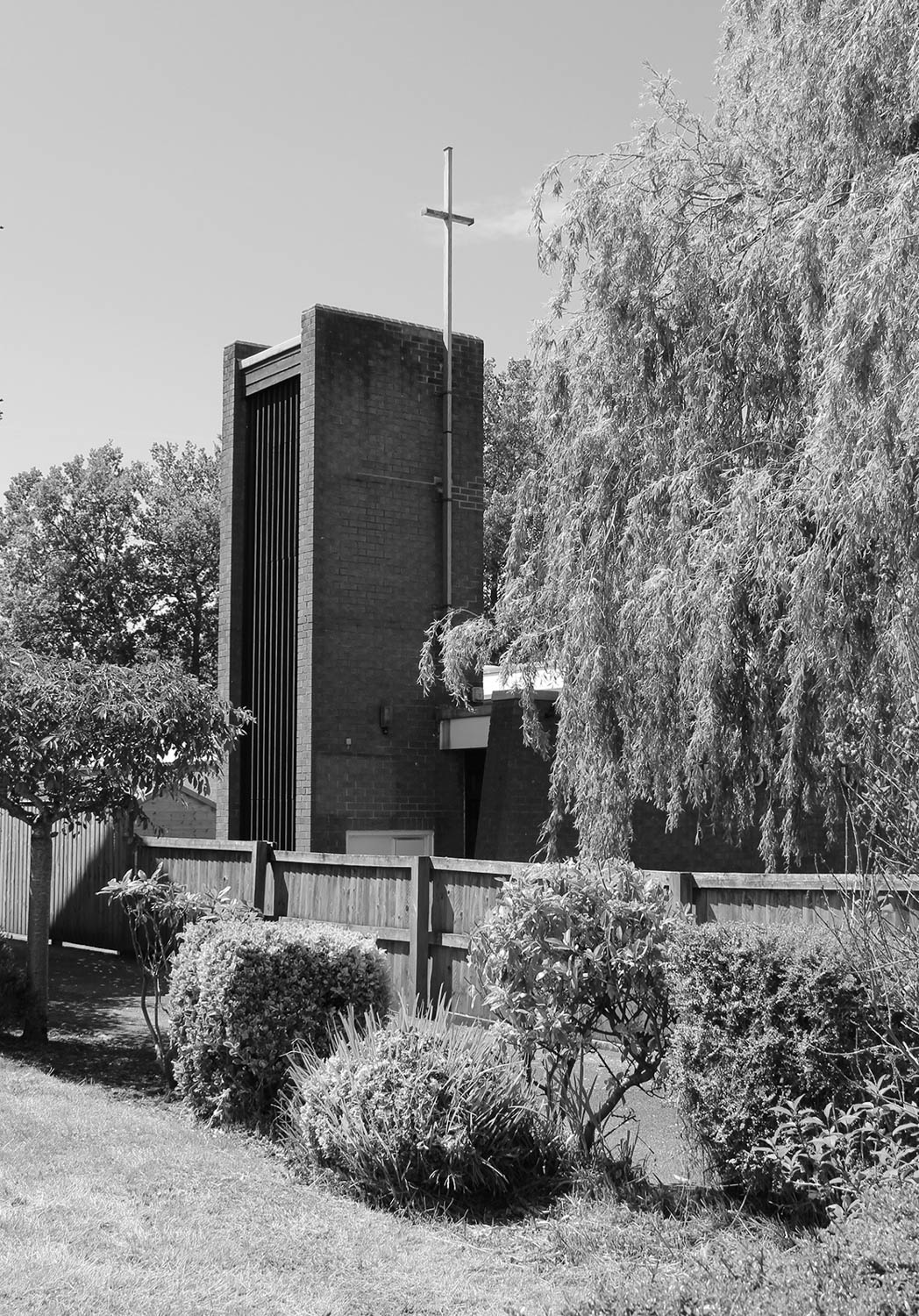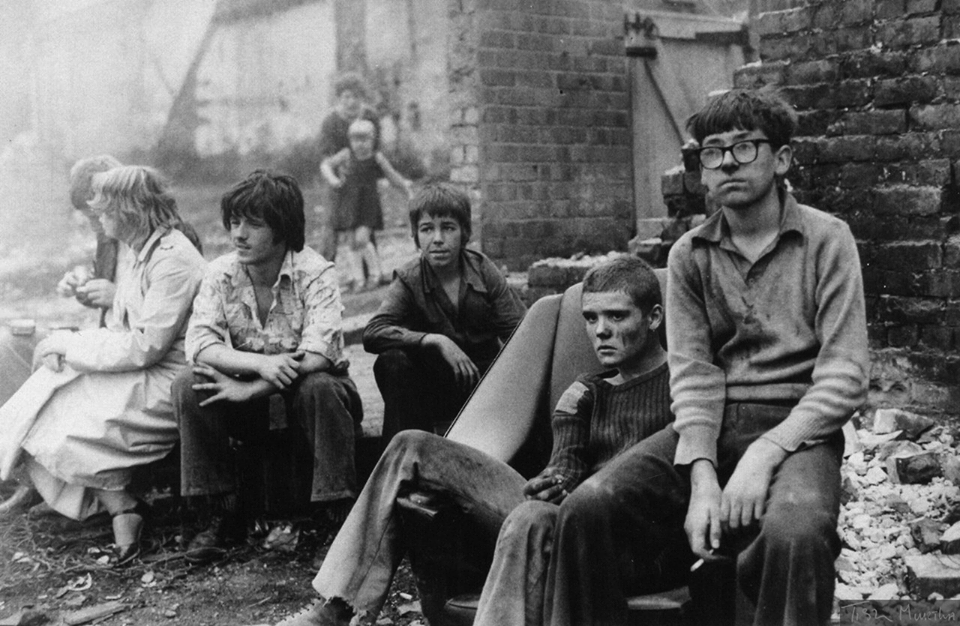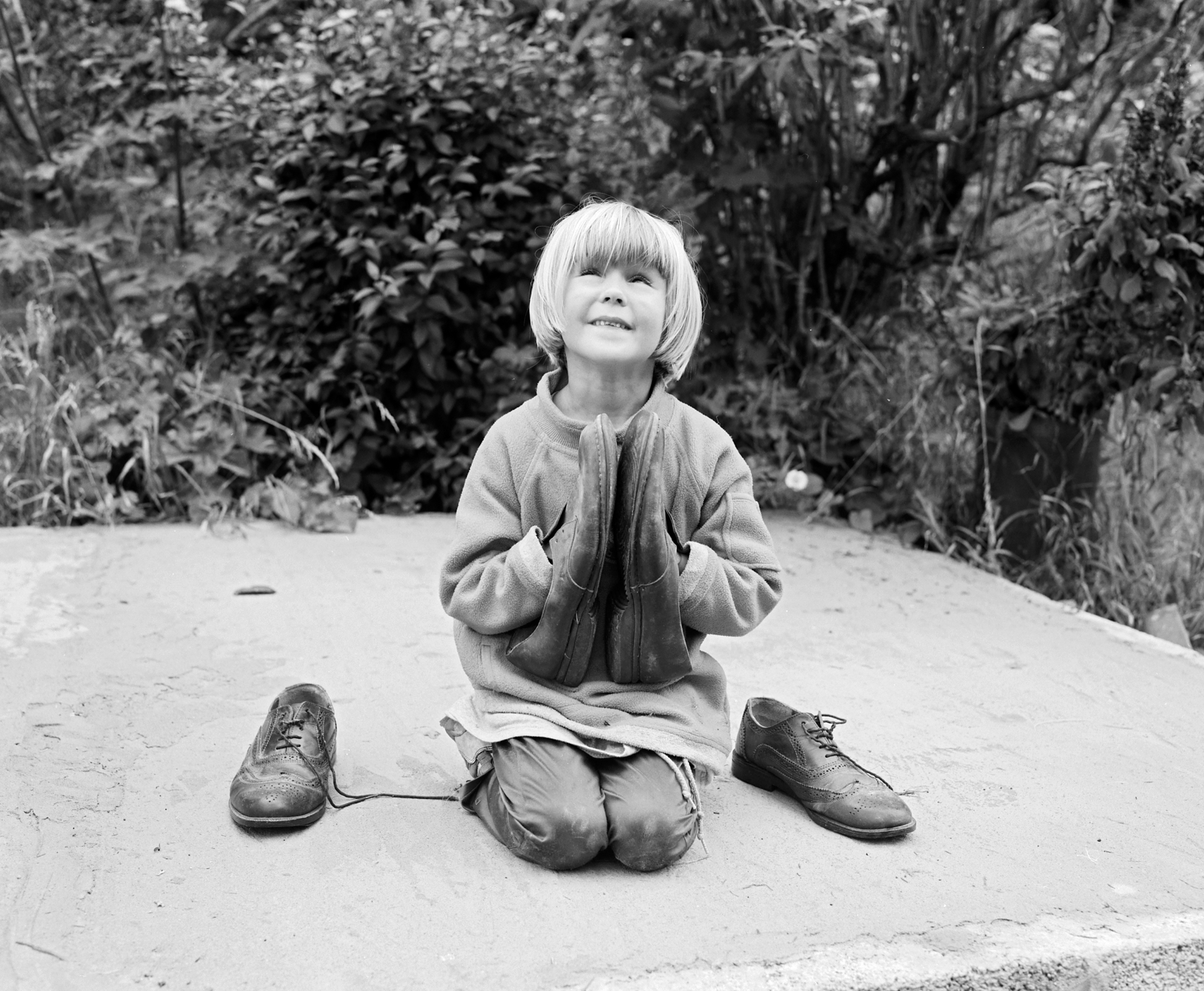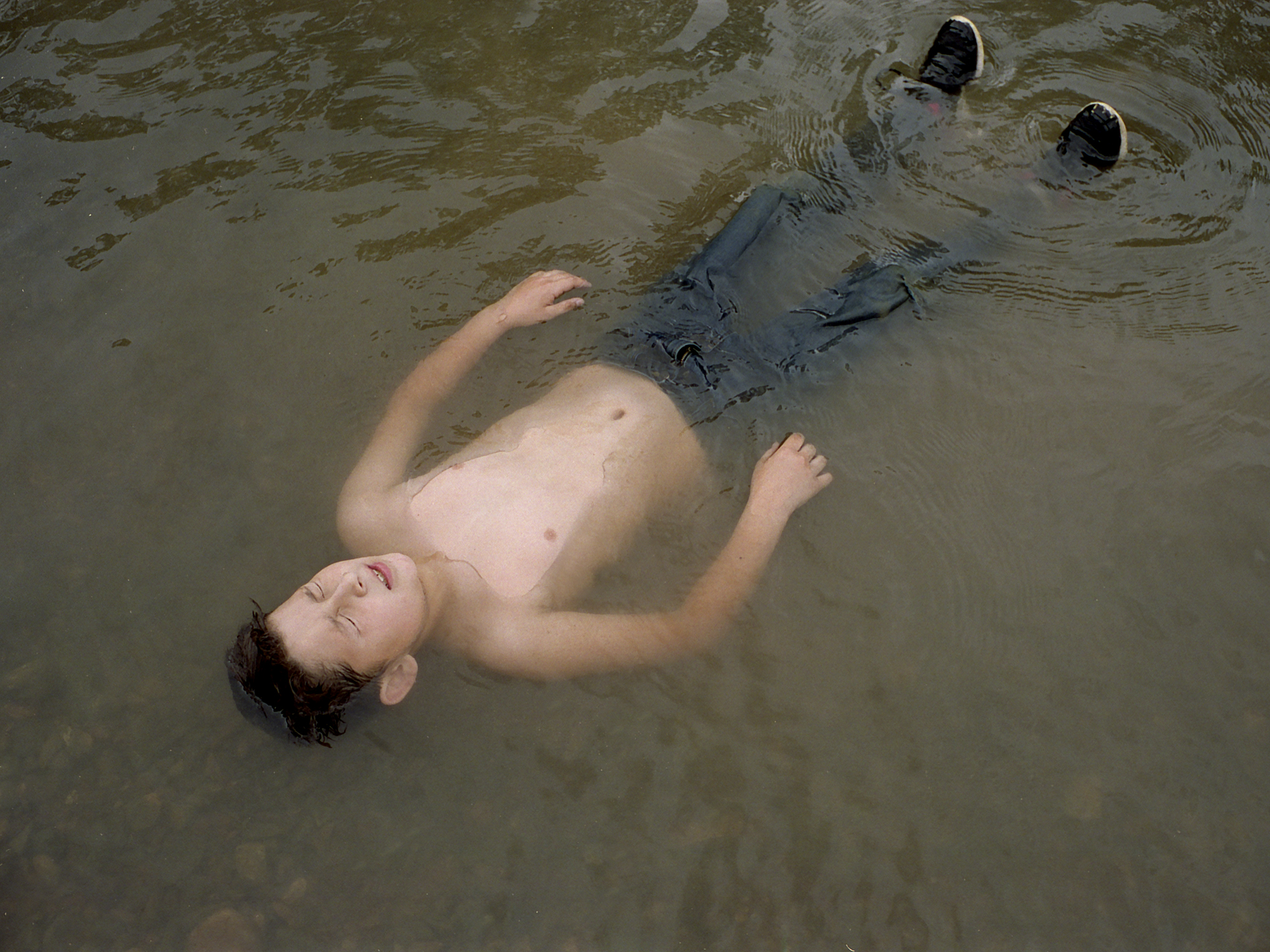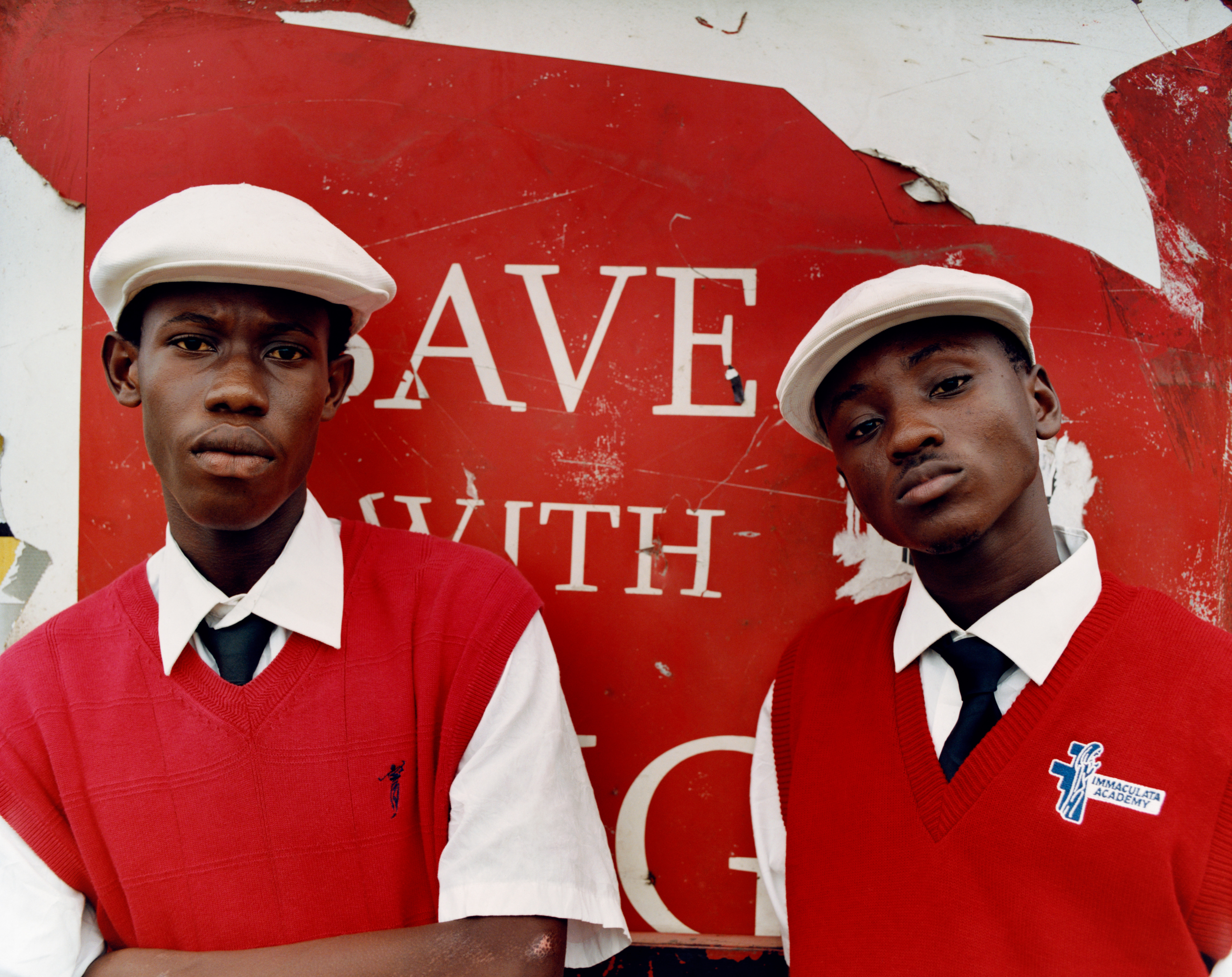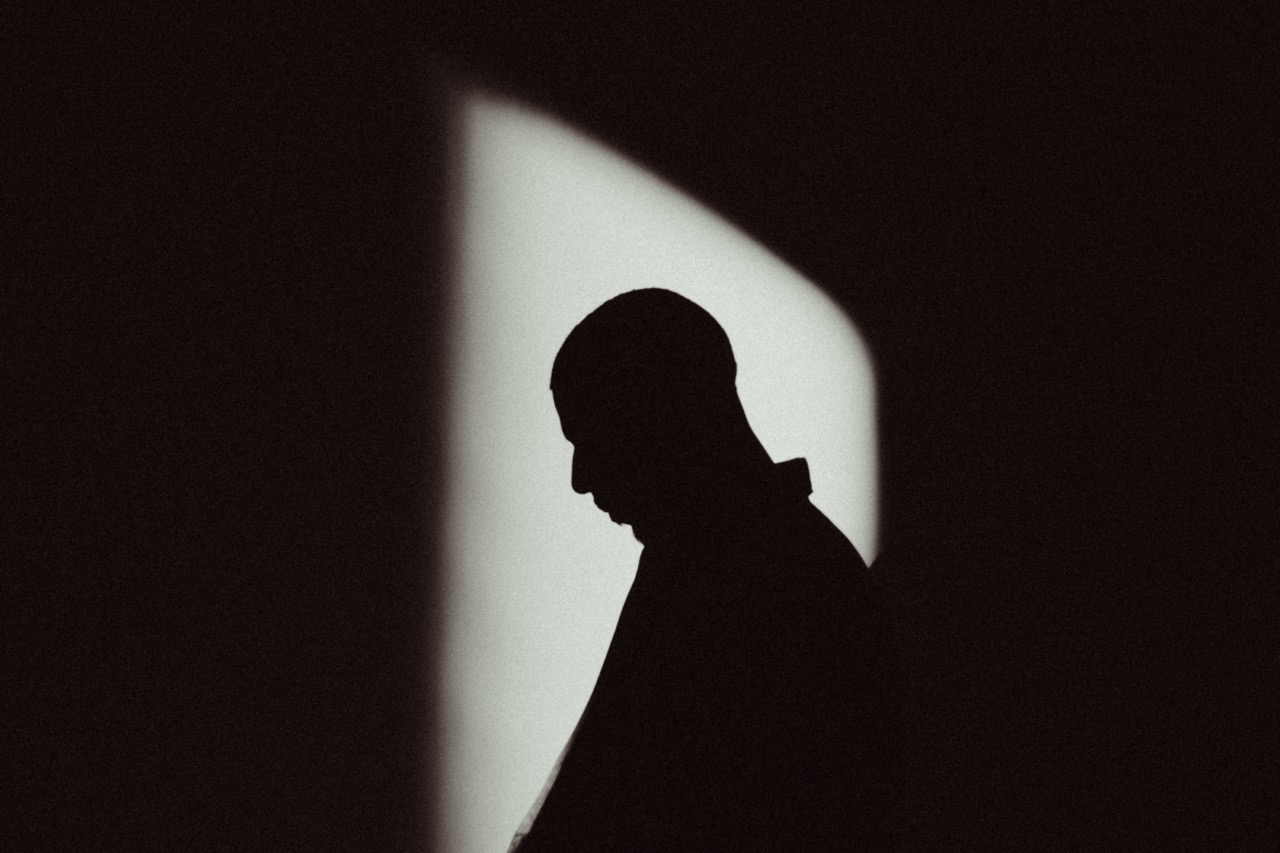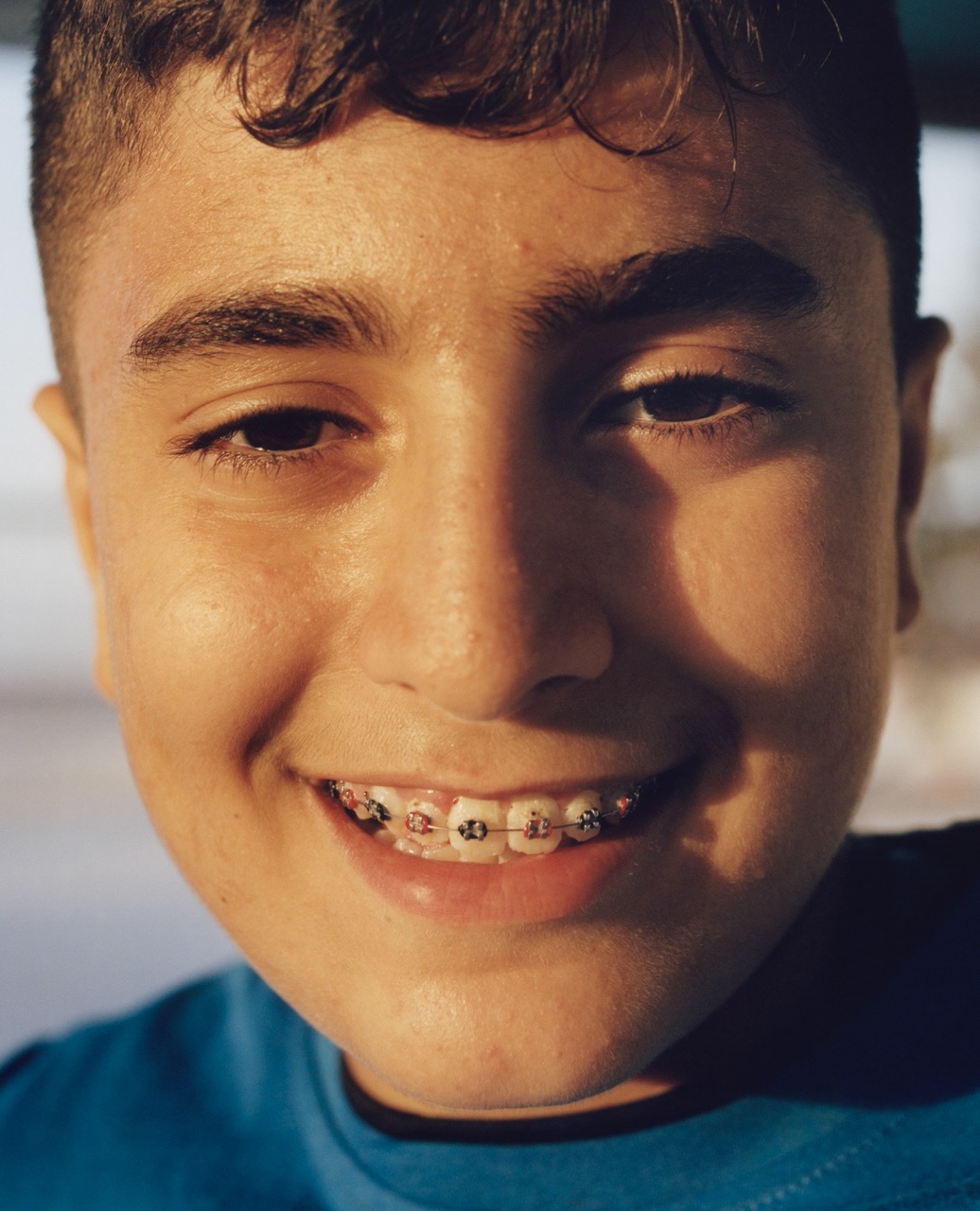Ruby Beard is a graphic designer and image maker based in Manchester, and has always had an interest in the design of books. One of her most recent works, Modernist Churches of Leeds, documents the architecture of churches in Leeds, and throughout her work there is a constant attention to detail in respect to the form and the physicality of the space.
As part of our online content we believe that discussing the efforts, approach and process behind the project are just as important as the story itself. In our category The Process, we ask a series of questions that discuss and explore the approach taken in different aspects of creating, looking at new and old projects, we explore the stories, thoughts, meanings and process behind it all from how a project starts, exploring inspirations and reasoning behind work, to the experiences and mindset of developing a project.
WF: How do you start a project?
RB: Whether it’s a self-initiated project or if I’m working with someone else’s work the process is pretty much the same. I start by researching the topics and working on a few different initial ideas for how it could be represented before later making a decision on the best route and refining it further. I hardly ever have a clear idea of what I want the outcome to look like which makes trying different things so important.

WF: How did you get into what you do creatively?
RB: Whilst studying graphic design at university I found that my creative interests lay in books, although to begin with my practice was more varied by my third year it became my focus. Around the same time, I was asked to produce a book cover for Seb Smith’s Formless; A User’s Guide published by Salt n Pepper Press which was a moment where I really enjoyed what I was doing and wanted to do more of it. Another big inspiration was Village Books for contemporary books across art, design and photography – as a local store when I was studying in Leeds.
WF: What do you intend to achieve through your work?
RB: With my work all being around the design and production of books my main intention is to explore and embrace the medium of the book. The book Modernist Churches of Leeds, published by The Modernist Society uses my own photos, which is something that was quite different for me. Although the photographs may not have much impact when presented individually, as a collection in a book there is more purpose – it’s the collection of images in this one space that gives it strength. This is what I’m really focused on, finding a purpose for creating books in a digital world.

WF: What and how do you try to be unique in your creative endeavours? Please explain.
RB: I don’t think my work as a whole could be considered unique, I have quite a minimal style and try to approach projects with consideration of the context. When I’m collaborating and working with others, the main questions and concepts in the books are introduced by the photographers/artists and I find my role comes into the details and small design decisions rooted in the context of the individual projects. Research and experimentation are key parts of my process and continue back and forth up until the refinement stage.
WF: Do you think that creativity comes naturally to people – or do you think creativity is a skill that people must develop?
RB: That’s a really difficult question. I think everybody has the ability to think creatively and it’s more a matter of what we choose to apply that creativity to – whether it’s in a creative field or methods of creative thinking like problem-solving in other areas.
WF: Were you ever discouraged? If so, how did it affect your creativity?
RB: Recently I’ve definitely felt discouraged at times, after a year of only showing your work digitally and receiving feedback virtually due to the lockdowns – as a designer producing physical work it definitely affects my motivation. I find it really difficult to represent my physical work digitally and have had to focus time on developing that where I would have rather spent the time on the work itself.

WF: Do you feel that you chose your “passion,” or did it chose you?
RB: I would say that I discovered it more than choosing it. Although I felt a connection to making books before I found a huge passion for photobooks. With a personal interest in photography, working with photographers is where I find the most fulfilment creatively. I think that probably came from my dad and seeing his old photos, I’m not a photographer and I’m not trying to be, but working with books gives me the opportunity to be involved in something I’m interested in and inspired by.
WF: How much emphasis do you place on education? What do you think we should be getting out of education?
RB: I know personally that my practice wouldn’t have arrived at the place it is without the education I received from Leeds Arts University, and currently Manchester Metropolitan. It’s not necessarily about the education as a whole but more so finding your passion within it and having the opportunity in your education to really run with it. Having said that I know and work with people who haven’t had a traditional arts education and are thriving, I just don’t think personally I could have found my path without it.
